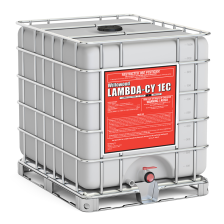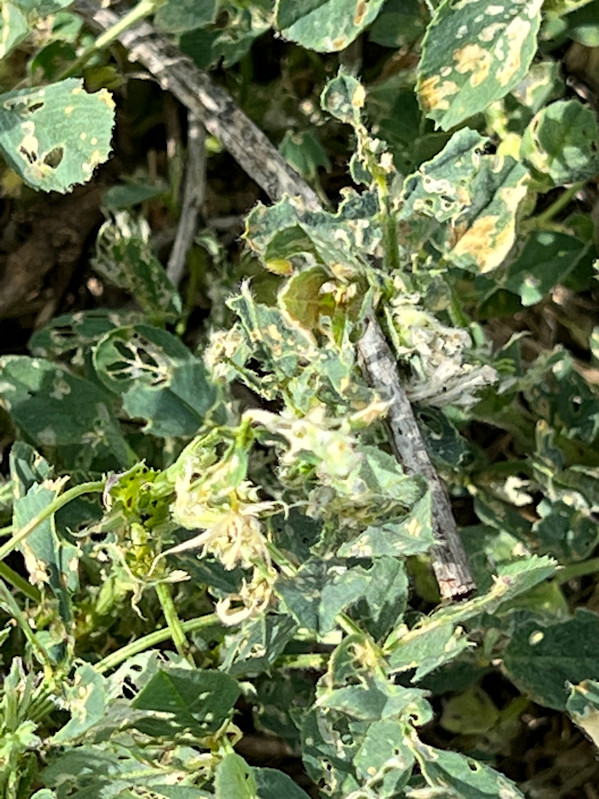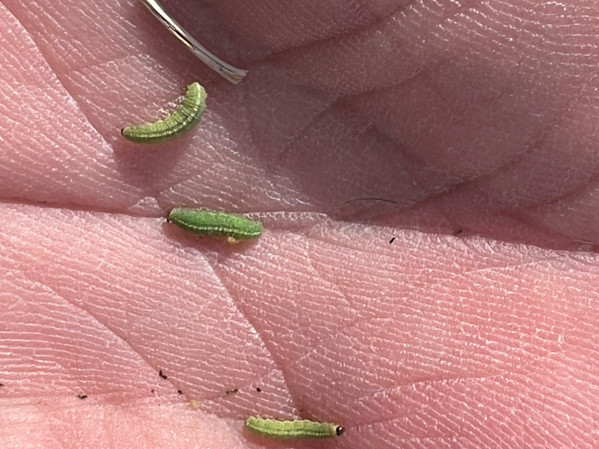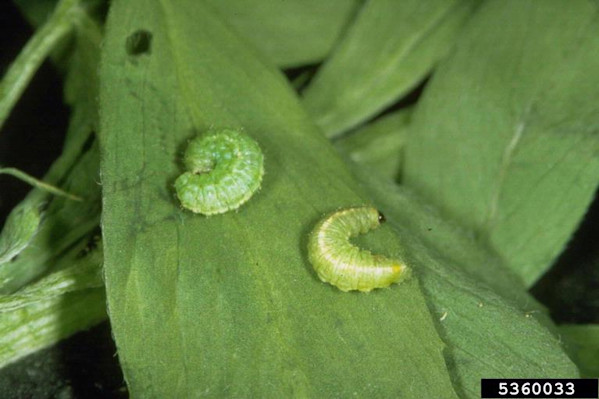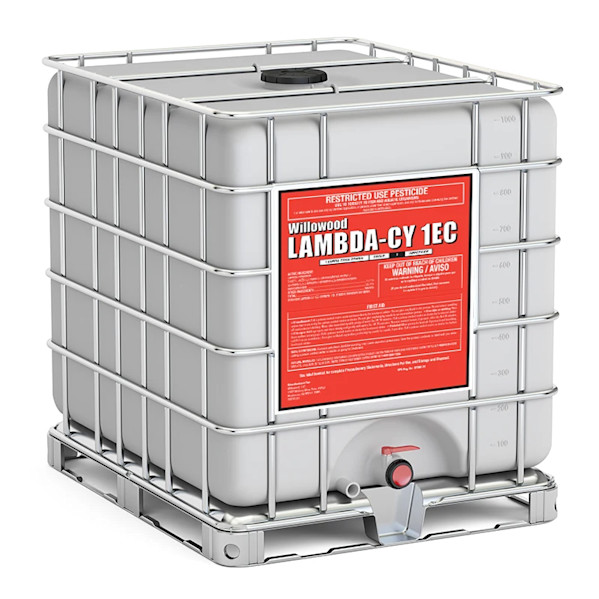© 2014 - 2024 Farmer's Business Network, Inc. All rights Reserved. The sprout logo, “Farmers Business Network”, “FBN”, “FBN Direct” are trademarks or registered trademarks of Farmer's Business Network, Inc. This content was written by Norm℠, reviewed and edited by Mikaela Tierney.
This content was generated with the assistance of Norm℠, FBN’s artificial intelligence (AI) Ag Advisor, based on a dataset of information containing general industry best practices and research. The AI model did not use specific external sources to generate this content. Our process involves using AI to aid human subject matter experts with the initial drafting and/or refinement of content.
The information and content provided is believed to be reliable, but its accuracy is not guaranteed. The content is provided for informational purposes only. It is not intended to be a substitute for specific agronomic, business, or professional advice, and should not be relied upon as such.
*RESTRICTED USE PESTICIDE Due to acute toxicity. For retail sale to and use by certified applicators only – NOT to be used by uncertified persons working under the supervision of a certified applicator.
FBN Direct products and services and other products distributed by FBN Direct are offered by Farmer's Business Network Canada, Inc. and are available only in provinces where Farmer's Business Network Canada, Inc. is licensed and where those products are registered for sale or use, if applicable. Not available in Quebec. Nothing contained on this page, including the prices listed should be construed as an offer for sale, or a sale of products. All products and prices are subject to change at any time and without notice. Terms and conditions apply.
ALWAYS READ AND FOLLOW LABEL DIRECTIONS. It is a violation of federal and provincial law to use any pest control product other than in accordance with its label. The distribution, sale and use of an unregistered pest control product is a violation of federal and/or provincial law and is strictly prohibited. We do not guarantee the accuracy of any information provided on this page or which is provided by us in any form. It is your responsibility to confirm prior to purchase and use that a product is labeled for your specific purposes, including, but not limited to, your target crop or pest and its compatibility with other products in a tank mix and that the usage of a product is otherwise consistent with federal, provincial and local laws. We reserve the right to restrict sales on a geographic basis in our sole discretion. You must have a valid applicator license and/or be a certified farmer, to use restricted and commercial pest control products (exceptions may apply based on province). Please consult your applicable provincial authority for complete rules and regulations on licensing, use, and recording keeping requirements of restricted and commercial pest control products.
All product recommendations and other information provided is for informational purposes only. It is not intended to be a substitute for consulting the product label or for specific agronomic, business,or professional advice. Where specific advice is necessary or appropriate, consult with a qualified advisor. Neither Farmer's Business Network Canada, Inc. nor any of its affiliates makes any representations or warranties, express or implied, as to the accuracy or completeness of the statements or any information contained in the material and any liability therefore is expressly disclaimed.


